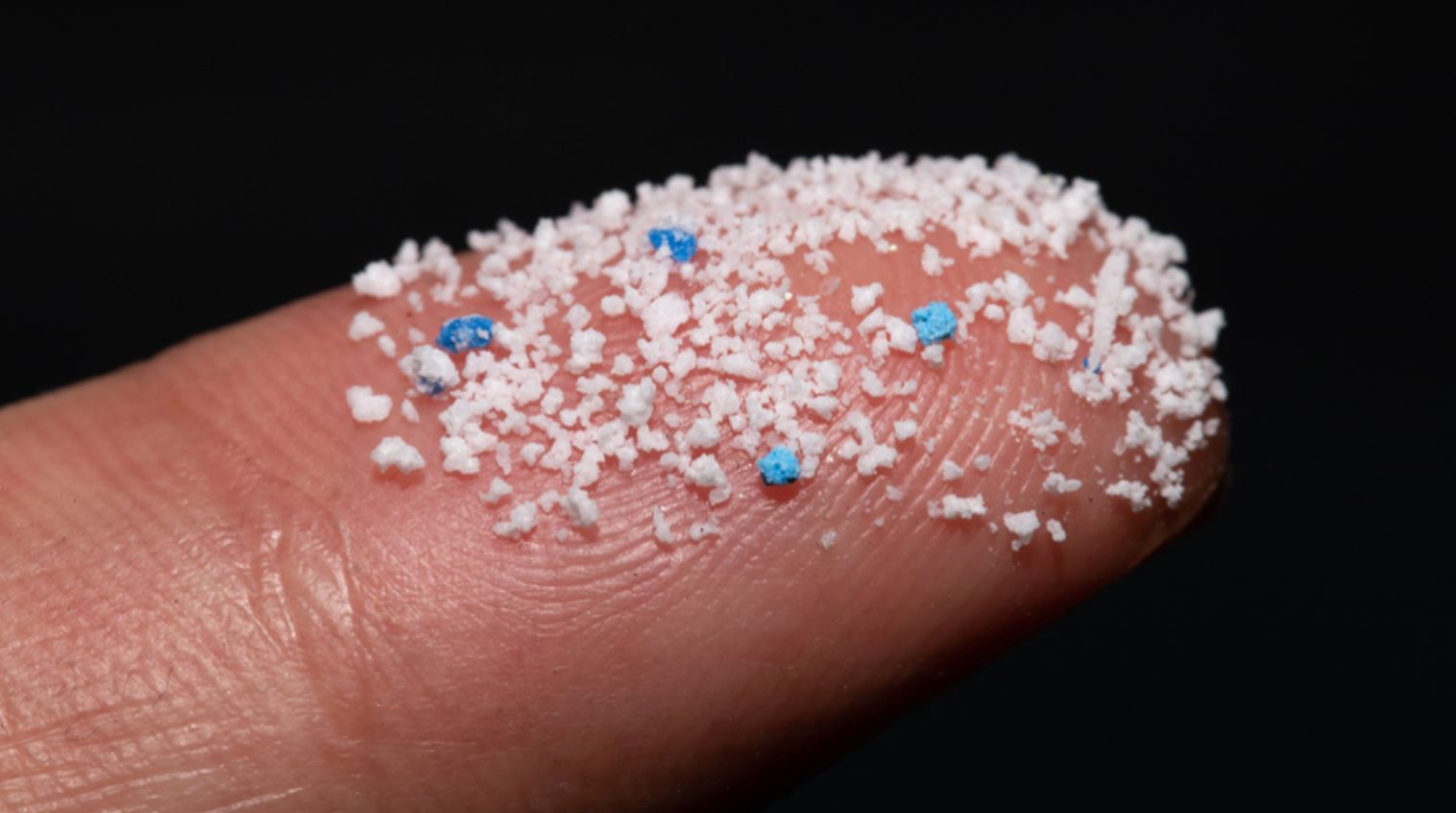 By Julia Conley
By Julia Conley
Less than two weeks after scientists discovered microplastics in human blood, a team of researchers in the U.K. said Wednesday that the tiny particles have also been detected in people’s lungs.
Researchers at the University of Hull and Hull York Medical School analyzed lung tissue from 13 people who were undergoing surgery and found microplastics (MPs) in 11 of the samples, including in tissue from the deepest part of the lungs—a discovery that alarmed the authors of the new study.
“The airways are smaller in the lower parts of the lungs and we would have expected particles of these sizes to be filtered out or trapped before getting this deep into the lungs,” Dr. Laura Sadofsky, lead author of the report published in the journal Science of the Total Environment, said in a statement.
The researchers used a spectroscopy to identify the types of plastic they found. Some of the particles they found were as small as 0.003 millimeters.
The most common microplastic particle found was polypropylene, which is frequently used in plastic packaging, textiles, syringes, and kitchen utensils.
There were 12 different types of microplastics found in the tissue, and male patients had higher levels of the material in their lung tissue. Eleven microplastics were found in the upper parts of the patients’ lungs, seven were found in the tissue from the middle section of the lungs, and 21 were found in the lower part.
The findings “support inhalation as a route of MP exposure,” the authors wrote.
“This is the first robust study to show microplastics in lungs from live people,” Sadofsky told the newspaper. “This data provides an important advance in the field of air pollution, microplastics, and human health.”
Previously, researchers have found microplastics in lung tissue taken only from autopsy samples.
As Common Dreams reported in March, new research showing microplastics present in human blood samples showed that the material could become lodged in organs, but it is not yet clear the exact health impacts of microplastics in human tissue.
A study of lung cancer patients in the U.S. in 1998 found plastic fibers in more than 100 tissue samples, with 97% of cancerous samples containing the fibers and 83% of noncancerous tissue containing them.
A study published in Exposure and Health last month warned that with plastic pollution expected to double in the world’s waterways in the next decade and the production of single-use plastics projected to grow 30% in the next five years, “more detailed research on how micro- and nanoplastics affect the structures and processes of the human body, and whether and how they can transform cells and induce carcinogenesis, is urgently needed.”
E-Course: How to Grow Edible Mushrooms (Ad)
The new study “should trigger a clear response from government to end all pointless plastics,” said Amelia Womack, deputy leader of the Green Party in the United Kingdom.
The impact of plastic on our oceans, ecosystems and even our bodies should trigger a clear response from government to end all pointless plastics.
Ignoring the science of what’s happening won’t make it go away.https://t.co/ybVFoGxpwo
— Amelia Womack (@Amelia_Womack) April 6, 2022
The discovery of microplastics was “not a surprise but still horrifying to see confirmed,” said the Cambridge, England chapter of Extinction Rebellion, the global grassroots movement that stages direct actions demanding major policy changes to mitigate the planetary emergency.
Microplastics are deep in our lungs. Not a surprise but still horrifying to see confirmed. We need to slay this industrial pollution greed machine before it destroys everythinghttps://t.co/FZrSGdHGuG
— XR Cambridge (@xr_cambridge) April 6, 2022
“We need to slay this industrial pollution greed machine before it destroys everything,” the group added.
Our work is licensed under Creative Commons (CC BY-NC-ND 3.0). Feel free to republish and share widely.
Source: Common Dreams
via IFTTT
InoreaderURL: SECONDARY LINK
